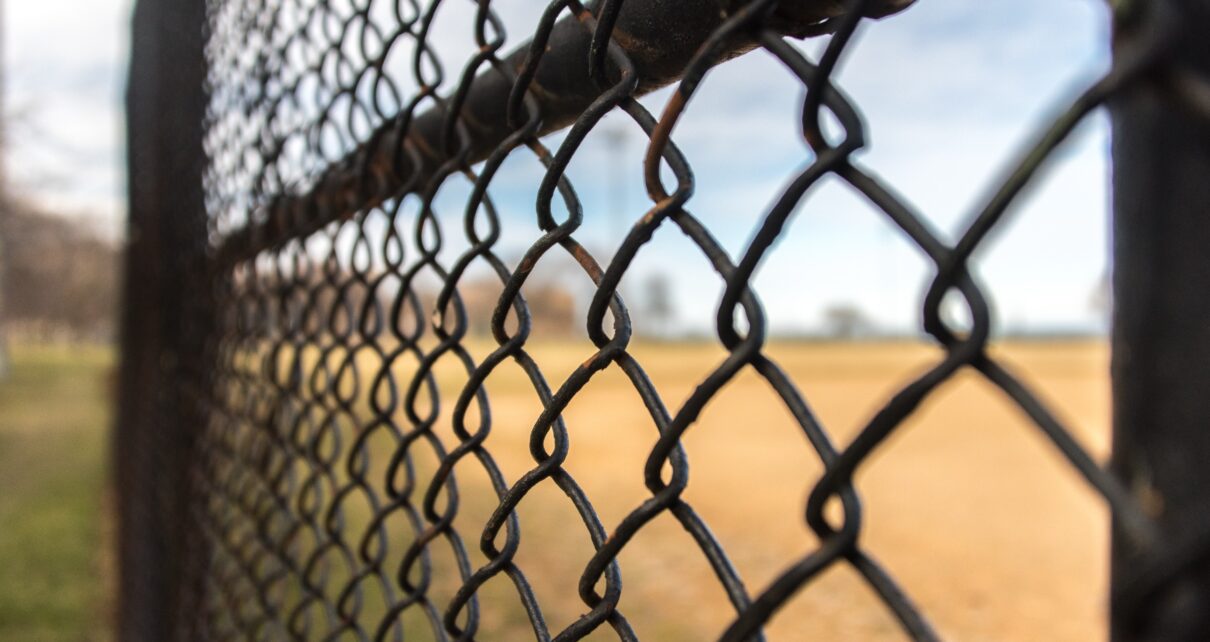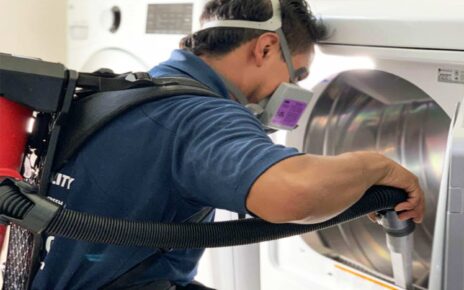Securing a construction site, event venue, or industrial facility requires a reliable fencing solution. But when it comes to choosing between temporary and permanent fencing, which one offers better protection?
Both options have their advantages and drawbacks, depending on the level of security, durability, and flexibility required.
The Case for Temporary Fencing
Temporary fencing is commonly used for short-term projects, such as construction sites, public events, or roadworks.
These short-term fencing solutions are typically lightweight, easy to install, and can be repositioned as needed. They are widely used in situations where mobility and adaptability are key, providing a practical yet effective way to create a barrier without the commitment of a permanent structure.
Advantages of Temporary Fencing:
- Quick installation and removal, making them ideal for temporary sites.
- Cost-effective compared to permanent fencing.
- Flexible and easy to relocate as project needs change.
- Available in different types, including mesh panels and barricades, to suit various site requirements.
Despite its practicality, temporary fencing has some drawbacks. It is less sturdy than permanent fencing, making it more susceptible to strong winds or tampering. Additionally, it has a limited lifespan and may require extra stabilisation, such as sandbags or concrete blocks, to enhance security.
When to Use Temporary Fencing
Temporary fencing is ideal for situations that require a short-term security solution. It is commonly used in:
- Construction sites: To prevent unauthorised access and protect workers and equipment.
- Outdoor events: Festivals, concerts, and sporting events benefit from crowd control barriers.
- Roadworks: Helps create a safe perimeter around ongoing repairs.
- Disaster relief zones: Used in emergencies to restrict access to affected areas.
The Strength of Permanent Fencing
Permanent fencing is built to last and is commonly found around industrial facilities, residential properties, and high-security sites. These fences are typically constructed from durable materials such as steel, concrete, or wood.
Unlike temporary fencing, permanent fencing offers long-term security and can be tailored to meet specific site requirements, making it the go-to option for businesses looking for sustained protection.
Advantages of Permanent Fencing:
- High durability and strength, offering superior security.
- Can withstand harsh weather conditions and physical impact.
Provides a professional and secure boundary for industrial sites. - Requires minimal ongoing maintenance compared to temporary options.
However, permanent fencing comes with higher initial costs and requires professional installation, which can be time-consuming. Additionally, it is difficult to reposition or remove if the site changes, and some materials, such as wood, require periodic maintenance to prevent wear and tear.
When to Use Permanent Fencing
Permanent fencing is the preferred choice when security and durability are the primary concerns. It is best suited for:
- Industrial zones and warehouses: To protect valuable assets and restrict unauthorised entry.
- High-security facilities: Military bases, data centres, and power plants require robust fencing solutions.
- Commercial properties: Office buildings, factories, and retail spaces benefit from long-term protection.
- Residential properties: Permanent fencing provides security and privacy for homeowners.
Which One Is Right for Your Site?
The choice between temporary and permanent fencing depends on several factors, including the duration of use, security level, and budget. Evaluating these factors will help determine which type of fencing best suits your site’s requirements.
If you need a flexible, cost-effective fencing solution for a short-term project, temporary fencing is a better option. It provides mobility and ease of use, making it ideal for projects that require quick deployment and removal.
On the other hand, if your priority is long-term security and durability, investing in permanent fencing will provide greater protection. It is best for sites where security is a continuous concern and where the investment in a robust, immovable barrier is justified.
Some sites may require a combination of both, using temporary fencing during construction phases before installing a permanent solution. This hybrid approach ensures that security measures evolve with project development.
For example, a construction project may begin with temporary fencing to secure the worksite before transitioning to permanent fencing once the building is completed.
Factors to Consider Before Choosing
- Security Needs: If your site is at risk of theft or vandalism, opt for a strong, reinforced fencing solution.
- Budget Constraints: Temporary fencing is more affordable upfront, while permanent fencing is a long-term investment.
- Project Duration: Short-term projects benefit from temporary fencing, whereas long-term facilities need a permanent solution.
- Environmental Conditions: Harsh weather may require sturdy materials like concrete or metal for resilience.
- Regulatory Compliance: Some industries and locations have legal requirements for fencing that must be met.
- Maintenance Needs: Permanent fencing often requires less frequent upkeep than temporary fencing
Final Thoughts
Both temporary and permanent fencing serve important roles in site security. Temporary fencing is an excellent choice for short-term needs, offering flexibility, quick deployment, and cost-effectiveness. Meanwhile, permanent fencing provides long-lasting security, aesthetic appeal, and higher protection levels. Understanding their strengths and limitations will help you choose the best option for your needs.





